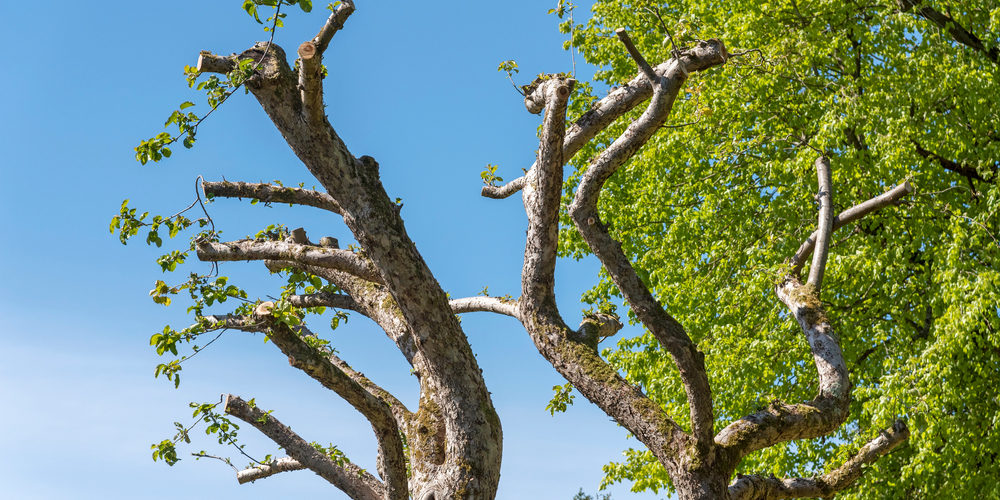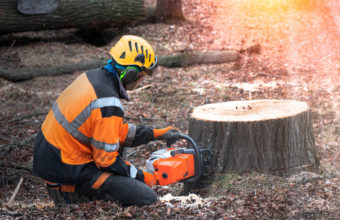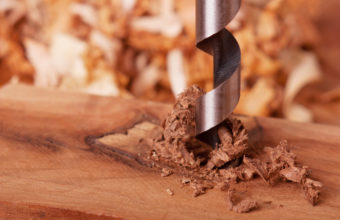The amount of a tree that you can safely cut without killing it depends on several factors, including the tree’s species, age, health, and overall condition. You should avoid removing more than 25% of a tree’s canopy in a single pruning session. Removing more than this amount can stress the tree, weaken its structure, and potentially lead to decline or death.
Here are some considerations when determining how much of a tree you can safely cut…
- Species – Different tree species have varying levels of tolerance to pruning. Some trees are more resilient and can handle more significant pruning, while others are more sensitive. Consult with an arborist or tree care professional familiar with the specific species to assess its pruning tolerance.
- Age and Health – Older or weakened trees may be less tolerant of extensive pruning than younger, healthy trees. The overall health of the tree plays a crucial role in determining its ability to recover from pruning.
- Purpose – The reason for pruning matters. Pruning for maintenance, health, or safety reasons is generally less stressful for the tree than pruning for aesthetic or size reduction purposes.
- Spreading Out Pruning – If you need to reduce the size of a tree significantly, it is often best to spread the pruning over multiple years. This gradual approach minimizes stress and allows the tree to adapt to the changes more effectively.
- Professional Assessment – When in doubt or dealing with complex pruning needs, consult with a certified arborist or tree care professional. They can assess the tree’s condition, recommend the appropriate pruning techniques, and ensure the work is carried out safely.
Prioritize the tree’s long-term health and safety when planning and conducting pruning. Over-pruning or removing too much of the canopy can weaken the tree, make it more susceptible to disease and pests, and compromise its structural integrity. Proper pruning practices, including making clean cuts at the right locations, help promote the tree’s well-being and ensure it continues to thrive.






